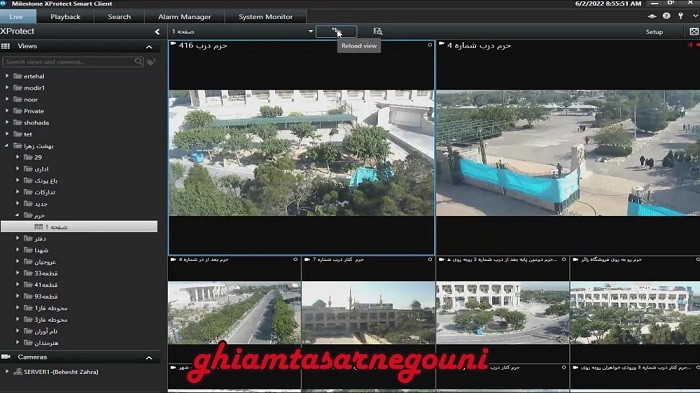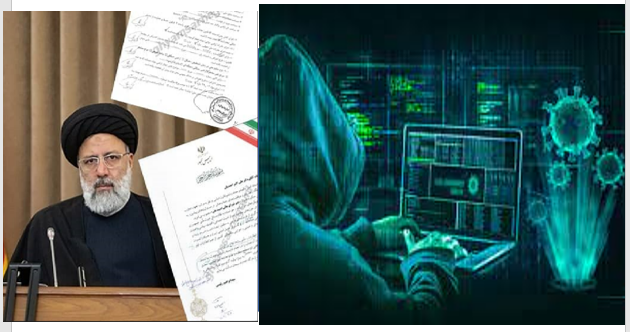
Following the publication of leaked documents, Iranian officials and state media are left scrambling to mitigate the extensive damage. On May 29, ‘GhyamSarnegouni’, translating to “Rise to Overthrow” in Persian, claimed responsibility for the shutdown of several websites and servers connected to the Iranian regime’s presidency.
This was not the group’s first attack – they successfully breached the Ministry of Foreign Affairs’ systems and servers on May 7, revealing an array of classified documents that lay bare the regime’s internal struggles, misuse of national resources for terroristic activities, methods of sanctions evasion, and the vulnerability of its proclaimed status as a “regional power.”

The state-run Arman-e Meli newspaper, on June 1, openly questioned the government’s focus on censoring social networks over enhancing the security of crucial governmental websites, a weakness exposed by these repeated cyber-attacks.
Iranian MP, Hassan Hemmati, initially downplayed the significance of the attacks, later acknowledging the inherent vulnerability of the regime’s document centers to enemy incursions.
In a similar vein, Shahriar Heydari, a fellow MP, commented on the government’s failed efforts to secure these sites, stating, “Despite measures taken by the Ministry of Communications and Information to ensure website security, they have proven susceptible to hacking.”
The state-run Did-e Ban website confirmed on May 31 that “over the past one or two years, various government systems, from energy distribution networks to radio and television, CCTV, and prison surveillance cameras, have been individually targeted and hacked.”In the latest incident, the presidential website servers were incapacitated on May 29.
As the fallout continues, it remains to be seen how the Iranian regime will tackle the deep-seated issues exposed by these cyber-attacks, and how it will respond to the rising power of dissident groups like ‘GhyamSarnegouni’.


MEK Iran (follow us on Twitter and Facebook), Maryam Rajavi’s on her site, Twitter & Facebook, NCRI (Twitter & Facebook), and People’s Mojahedin Organization of Iran – MEK IRAN – YouTu







